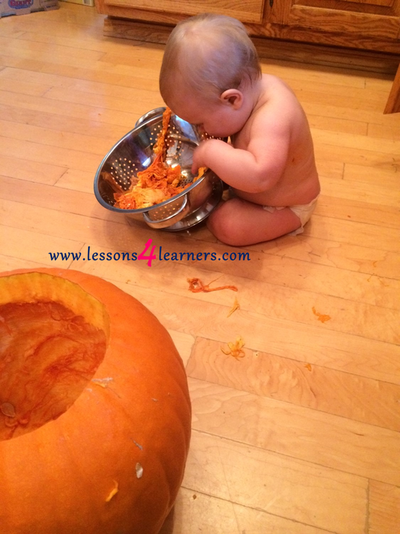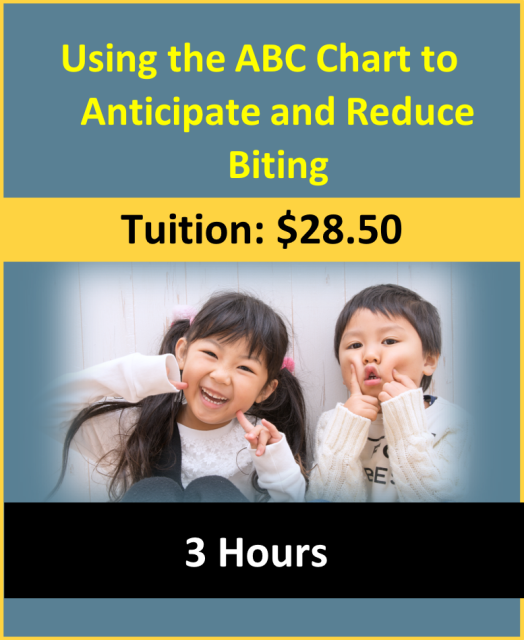Pumpkin Guts: Sensory Exploration
Lesson Plan:
|
Activity:
Pumpkin Guts: Sensory Exploration
Lesson plan developed by Ms. Erika Geelhoed, BA Ed
Age Group:
* Lesson plan objective and assessment can be adapted to use this activity with toddlers or preschoolers.
Objectives:
Children will:
|
|
II.4.3a
Materials:
Procedure:
|
Assessment:
- Observe and record the children’s fine motor skills. How did they control the utensils? How did they react to the new texture? Take pictures of the activity to share with families and guardians.
Note: Please provide appropriate supervision to the children in your care when completing all activities. You will need to decide what types of activities are safe for the children in your care. Appropriate and reasonable caution should be used when providing art and sensory experiences for children. Infants require special caution, only use non-toxic materials, and do not allow infants to put things in their mouths that are a choking hazard.
Click on the course icon for enrollment information.
Infant and Toddler Play

By definition, play means “to occupy oneself in amusement or recreation,” but play can also be defined as the “work” of children. Research demonstrates that learning in early childhood is best accomplished through play. It is important for infant and toddler teachers to understand the benefits of play in promoting healthy development for children in their care.
Here are some suggestions for play:
Copy Cat - Infants and toddlers like to watch and copy your motions and sounds. You stick out your tongue, he watches and tries to do the same. You click your tongue, he watches tries as well.
This Little Piggy and other rhymes - These short songs and rhymes are filled with repetition and build anticipation. Kids begin listening to the sound of your voice, watching as you wiggle "piggies" and teaching movement as you send the spider "up the water spout."
Building towers - Young children are building motor skills while they stack blocks or measuring cups or books. They are handling objects, picking them up, knocking them down, stretching to reach them and put them up again.
Climbing - Putting cushions and pillows on the floor gives a young child something to maneuver over and around. They will climb, scoot, stretch and roll in all directions building muscles and learning balance as they play.
Here are some suggestions for play:
Copy Cat - Infants and toddlers like to watch and copy your motions and sounds. You stick out your tongue, he watches and tries to do the same. You click your tongue, he watches tries as well.
This Little Piggy and other rhymes - These short songs and rhymes are filled with repetition and build anticipation. Kids begin listening to the sound of your voice, watching as you wiggle "piggies" and teaching movement as you send the spider "up the water spout."
Building towers - Young children are building motor skills while they stack blocks or measuring cups or books. They are handling objects, picking them up, knocking them down, stretching to reach them and put them up again.
Climbing - Putting cushions and pillows on the floor gives a young child something to maneuver over and around. They will climb, scoot, stretch and roll in all directions building muscles and learning balance as they play.













